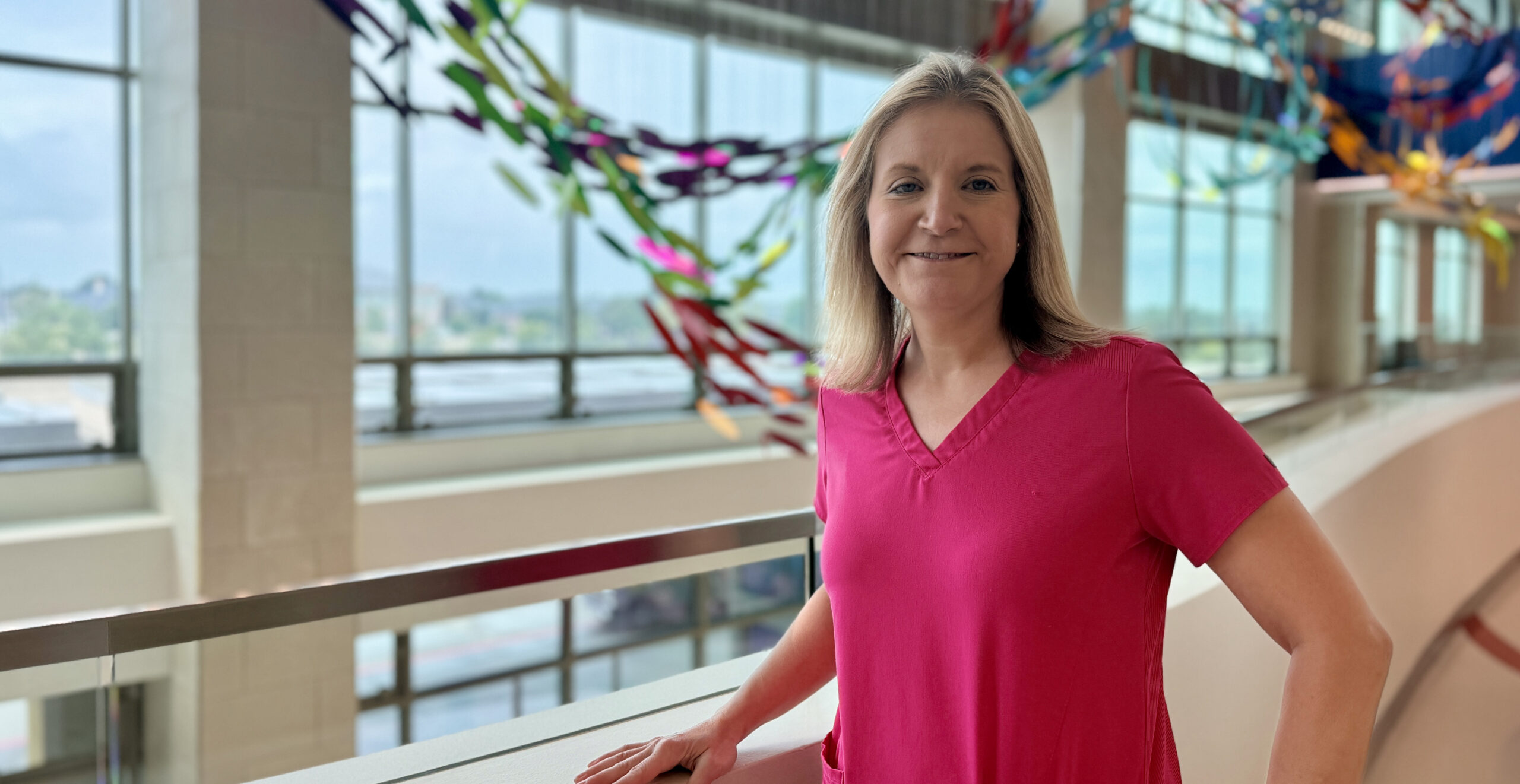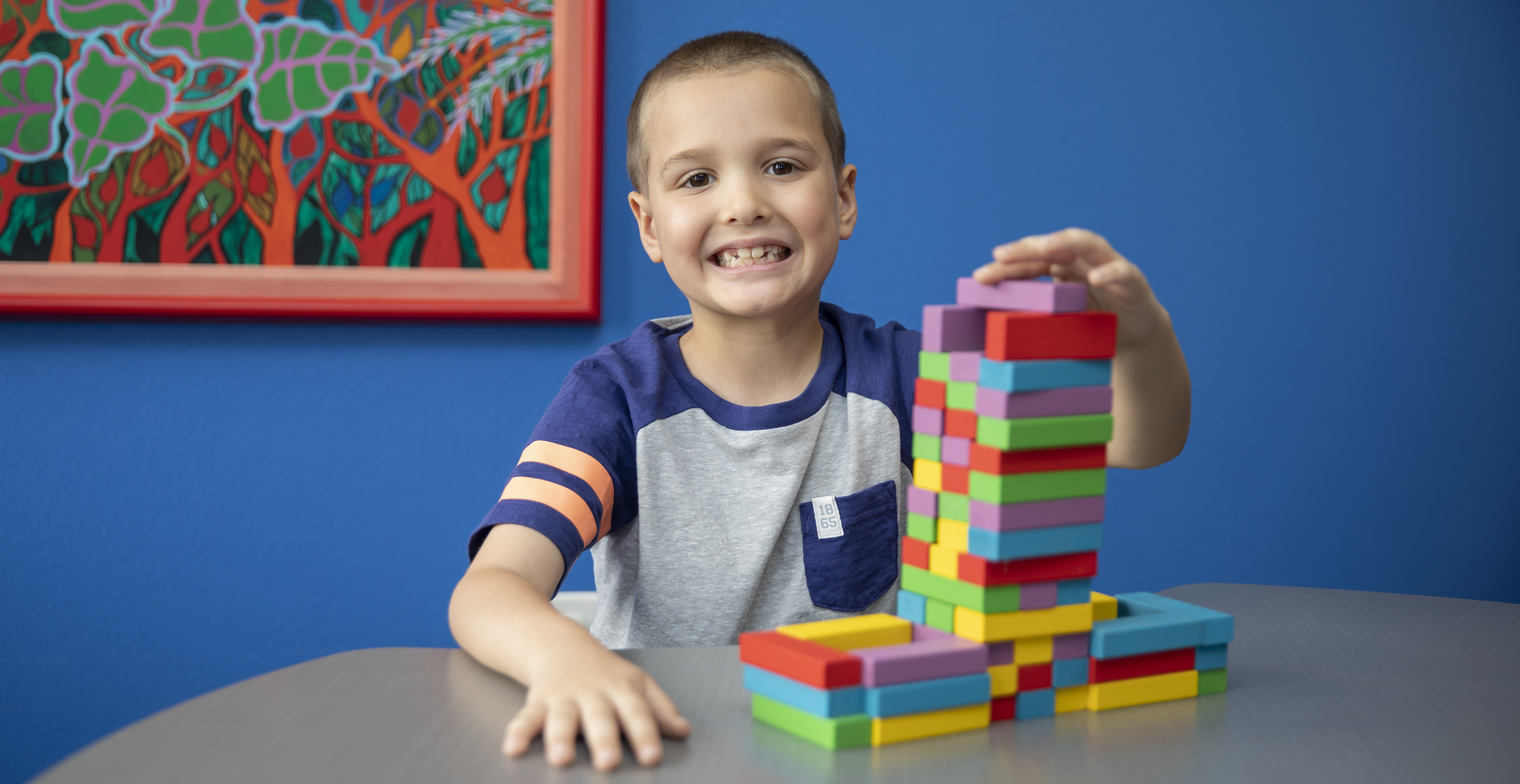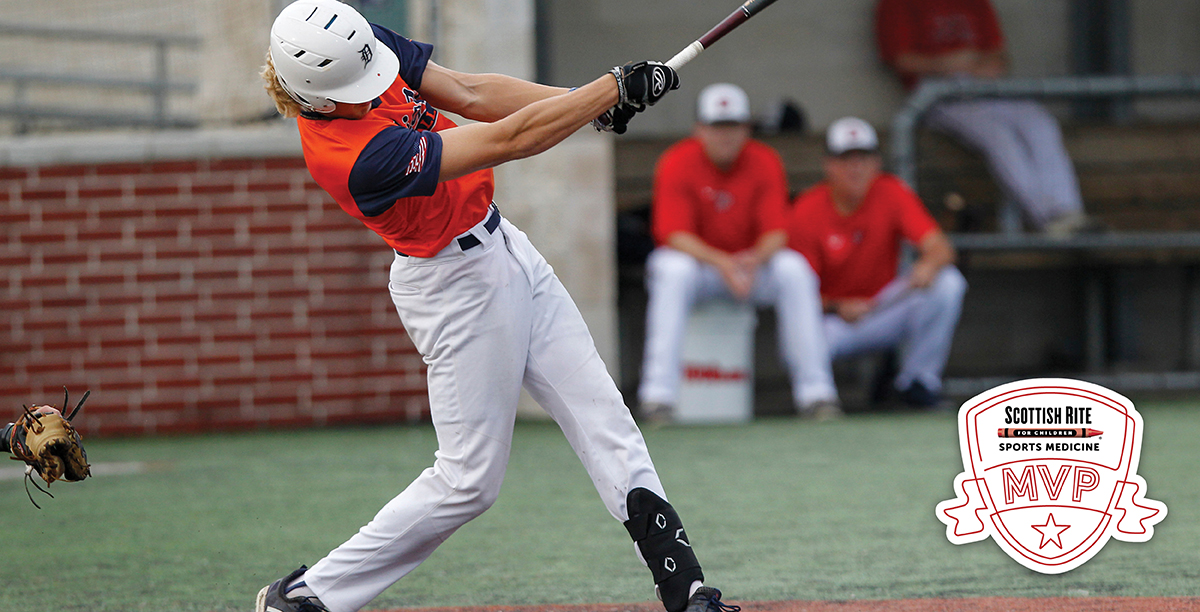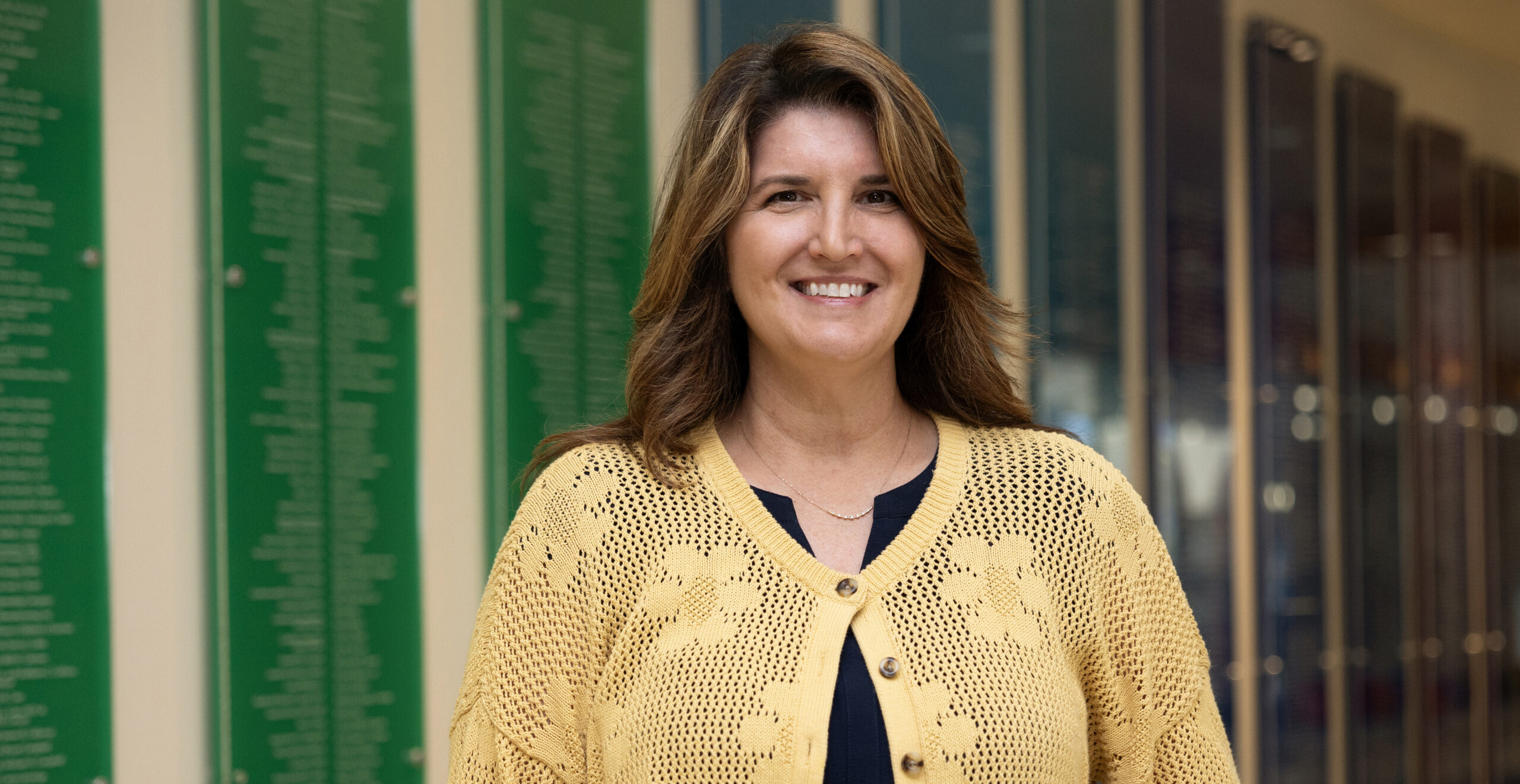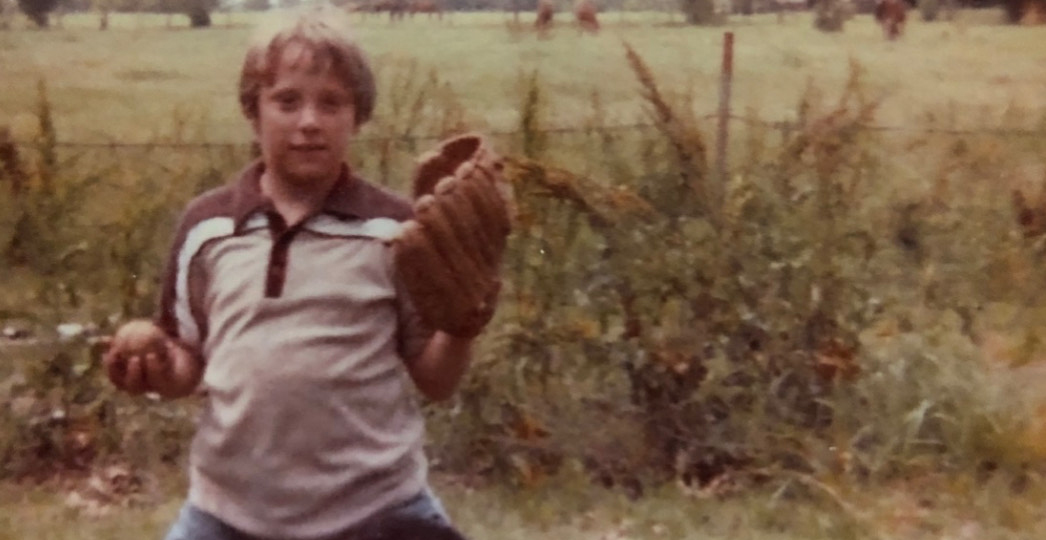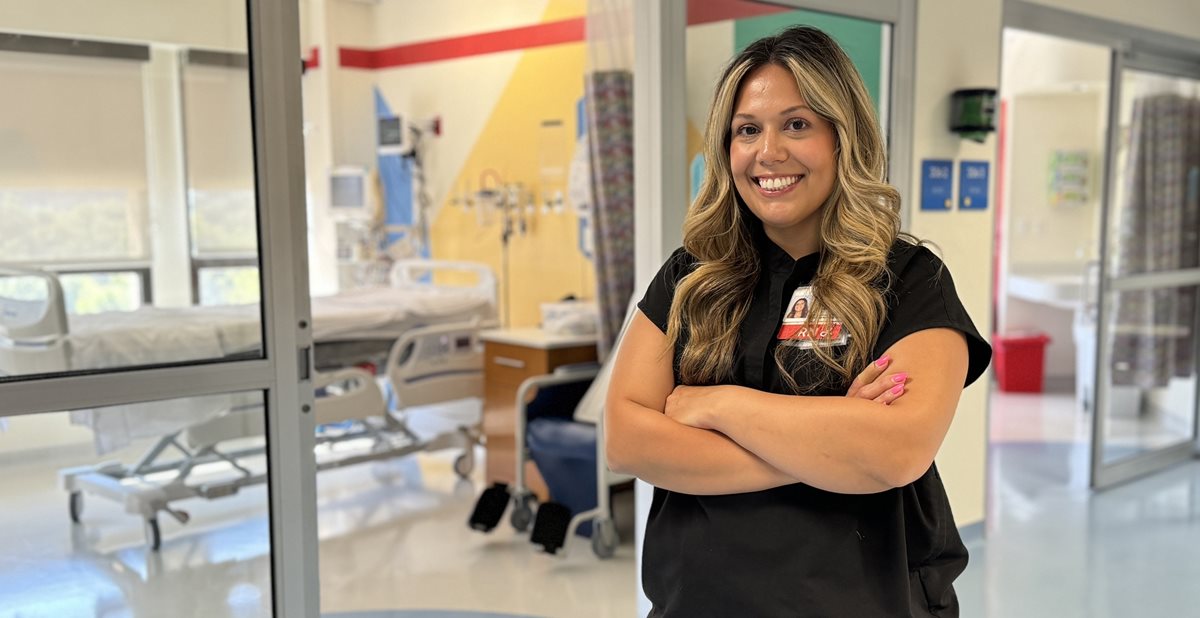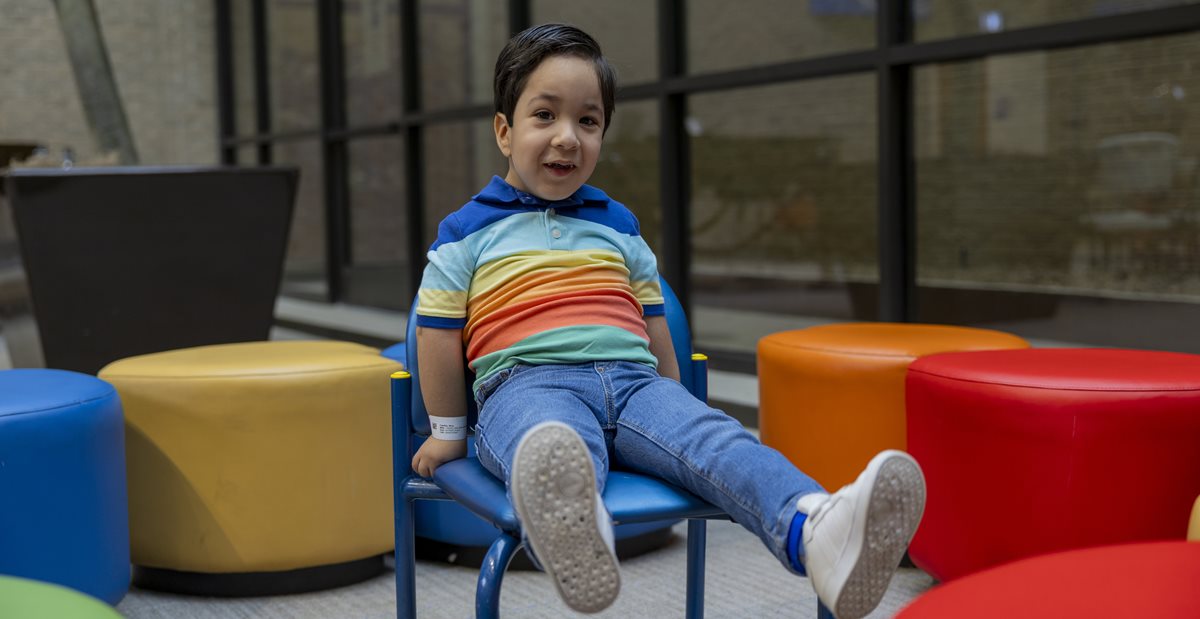Limb Differences

What is a limb difference?
A limb difference is a condition where there is a variation in the development or appearance of an arm or leg. This can result in differences in limb length, shape or function. Limb differences can occur for a variety of reasons, including genetic factors, atypical development and injuries. Limb differences can range from very mild to very severe and can affect one or more limbs.
A congenital limb difference is a condition where a child is born with a variation in the development or appearance of an arm, leg, fingers or toes. This variation can range from mild to severe and can involve one or more limbs, including, arms, legs, fingers, or toes that are missing, not fully formed or formed differently.
ABOUT LIMB DIFFERENCES
Congenital limb differences are caused by factors that disrupt normal limb growth during fetal development, resulting in the absence, malformation or underdevelopment of a limb. These factors can be genetic or environmental in nature, or a combination of both. Some of the known causes of congenital limb differences include:
- Genetic factors: Some congenital limb differences are caused by genetic mutations or inherited conditions. For example, certain gene mutations can cause limb malformations, such as tibial hemimelia. In most cases, there is no known genetic cause of the congenital limb difference.
- Amniotic band syndrome: This is a rare condition where fibrous bands in the amniotic fluid become entangled around fetal limbs, restricting normal limb development. In some cases, the condition may only cause a minor difference in a finger or toe, but in others, it can cause full amputation of the limb while in utero.
- Unknown factors: In some cases, the specific cause of a congenital limb difference may not be known. Conditions such as femoral deficiency and fibular hemimelia are included in this category.
- Traumatic injuries
- Infections
- Tumor(s)
- Vascular diseases
- Conditions affecting the bone’s formation and growth
A limb difference can be diagnosed through a physical examination by a health care provider. The provider will typically evaluate the appearance and function of the affected limb, as well as assess any related symptoms or medical history. Additional diagnostic tests may be ordered to help determine the underlying cause and extent of the limb difference. X-rays, ultrasounds or magnetic resonance imaging (MRI) can provide detailed images of the affected limb and help identify any structural abnormalities.
Treatment for a limb difference depends on the type and severity of the condition and the individual’s specific needs and goals. Some common treatments may include:
- Assistive devices: Assistive devices, such as prosthetics, orthotics or adaptive equipment, can help children with limb differences to improve their mobility, independence and quality of life.
- Surgery: In some cases, surgery may be recommended to correct or improve the appearance or function of the affected limb. This may include procedures such as lengthening or shortening bones or correcting joint or muscle abnormalities.
- Physical therapy: Physical therapy can help children with limb differences to improve their range of motion, strength and coordination.
- Occupational therapy: Occupational therapy can help individuals with limb differences to develop skills and strategies to perform daily activities such as dressing, eating and writing.
- Psychological support: Living with a limb difference can be challenging, and children may benefit from psychological support and counseling to address any emotional or psychological concerns.
It is important to note that every child is unique, and the treatment for a limb difference will be tailored to their specific needs and goals. A team approach involving health care providers, therapists and other specialists can help children with limb differences to achieve their top potential and live full, active lives.
Latest news: Limb Differences
A Parent’s Guide to Contact Sports for Kids
[post_time_test] Contact sports can be exciting for young athletes and parents alike. They also introduce an element of danger into the exercise equation. Any time a person participates in a physical activity,…
Get to Know our Staff: Ryan Floyd, Inpatient Nursing Unit
What is your job title/your role at Scottish Rite for Children?I am a RN II in the Inpatient Unit at the Dallas campus. What do you do on a daily basis or…
Scottish Rite for Children No. 2 in the Nation & No. 1 in Texas for Pediatric Orthopedic Care by U.S. News & World Report
Scottish Rite for Children ranks No. 2 in the nation for pediatric orthopedic care according to U.S. News & World Report’s 2024-2025 “Best Hospitals for Pediatric Orthopedics” rankings. This places Scottish Rite,…
Get to Know our Staff: Karla Farmer, Fracture Clinic
What is the most fulfilling part of your job? I enjoy helping patients and their families get the care they need. What makes Scottish Rite a special place to you?Scottish Rite is…
Levi Soars To Success With Take Flight
“We thank God for connecting us with Scottish Rite,” says Levi’s dad, Josh. “Levi was unable to recognize his letters when we first arrived, and now he’s reading chapter books.” Nine-year-old Levi,…
Bryce’s Treatment is a Home Run
Header image courtesy of Eddie Kelly/ProLook. When an injury threatened to keep Bryce off the baseball field for nine months, he and his family turned to Scottish Rite for Children to get him…
Get to Know our Staff: Dallas Manly, Quality Assurance & Performance Improvement
What is your job title/your role at Scottish Rite?My role is to make it easy for team members to raise safety concerns and then work with them to improve processes. The result…
Leap of Faith: Dane’s Daring Journey of Overcoming Perthes Disease
It is always fulfilling to learn about the impact Scottish Rite for Children has on patients beyond treatment. Recently, former patient Dane Hammack felt nostalgic about the care he received at Scottish…
Get to Know our Staff: Brittany Varner, Inpatient Nursing Unit
What is your job title/your role at Scottish Rite?I am an inpatient nurse. As an inpatient nurse, I get to provide care to our pediatric patient population. What is the most fulfilling part…
Nico is Spreading His Wings!
3-year-old Nico, of Mission, and his family travel more than 500 miles to receive treatment at Scottish Rite for Children. “We make that effort to come this far, because it’s worth our…








